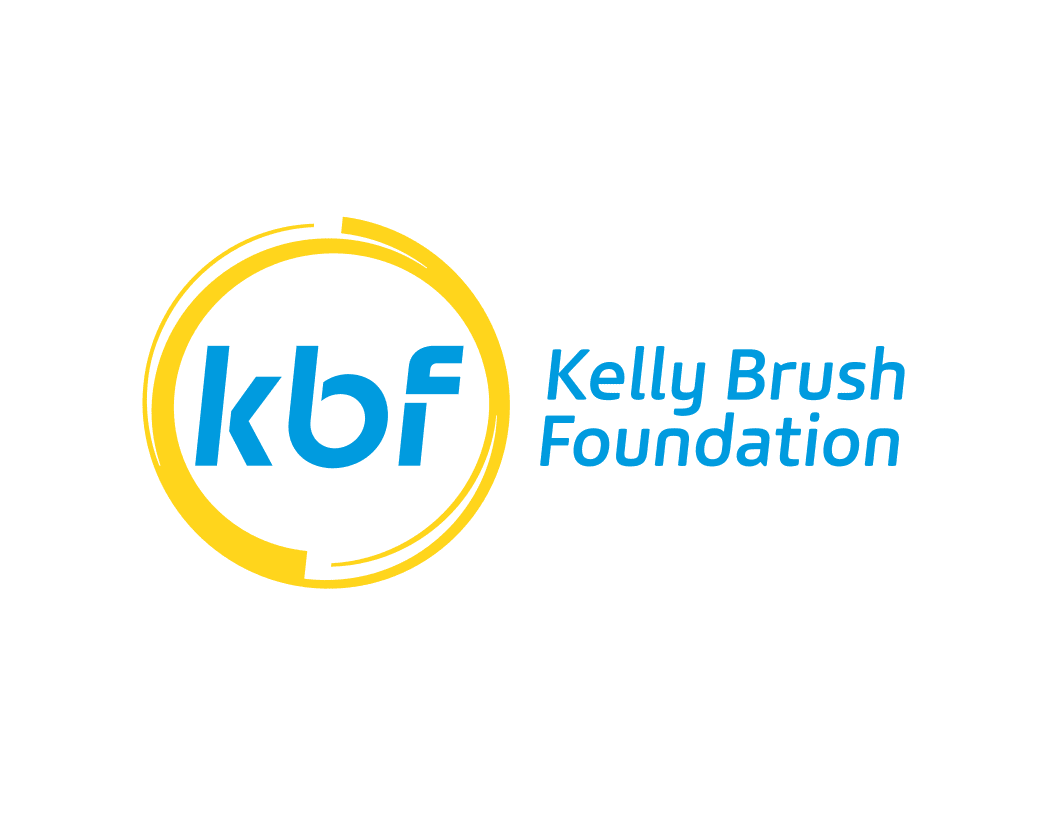In Kelly’s Words – The Active Fund Empowers Community
When I had my spinal cord injury in 2006, I knew right away that I wanted to get back on the mountain and ski again. Not because I wanted to race (I was injured while ski racing), and not even because I loved to ski (which, of course, I did and still do), but the #1 reason for my drive was that I wanted to be back with my community. I wanted to be with my friends and family on the hill doing something that we all love to do and that brings us so much joy together.
When I read the 100+ Active Fund grant applications this fall (KBF’s grant program to help people with SCI purchase adaptive sports equipment), I started to see a theme when they answered the question about why they loved this sport and why it was important to them to be active: they want to be part of a community.
Too often after a spinal cord injury people are left watching from the sidelines. You used to be a runner, now you watch others complete marathons. You used to coach your kid’s basketball team, now you watch others do the coaching. You used to hike mountains, now you hear stories about others doing it instead. For me, it wasn’t enough to be in the lodge at the bottom of the mountain and talk to my friends about their skiing, I wanted to be on the hill with them.
Participating in adaptive sports provides a community to people who are often isolated after an accident. Many lose their jobs or stop working because of the complications and demands of an SCI. It’s harder to get out with friends and be social, both mentally and physically, so many stay home in a way they never had before. And so many of the recreational activities that we used to do suddenly have major barriers. For many, overcoming these obstacles can be really difficult.
Over and over in the written Active Fund applications this fall, I heard from applicants about how participating in adaptive sports gave them a community that was supportive in a way that nothing else or no one else could be. The benefits of that adaptive sport went way beyond the physical benefits of activity.
Devin from California applied for his own basketball wheelchair. He said:
“With basketball, my identity goes from paraplegic confined to a wheelchair to a member of a team who belongs to something bigger than themselves.”
Luke is 6 years old from New York, and his mom applied for an off road wheelchair to make it easier for him to navigate the grass and rough terrain. She said:
“Luke is very active; he has two older siblings who he loves to keep up with and play with. As he gets older and interacts with his peers more, keeping up with them in his manual chair is difficult. As a family we enjoy being outside and playing sports. This chair will enable Luke to do that with greater independence and ease. It will enable him to play with his peers as all children should have the opportunity to do.”
Annelissa is from California and she applied for a handcycle. She was injured almost 2 years ago and is a single mom. She has been doing everything she can to continue to give her son the best life possible, despite all of her new challenges since her SCI. She says:
“My son was 6 years old when I was injured. He is very active and athletic, he plays basketball, loves to ride his bike and loves running (he thinks he’s the next Usain Bolt). I have spent the last year and a half trying to make sure he stays active, while I sit to the side unable to participate. When we went on that first ride together it was a wholesome experience because it was extremely difficult and challenged me in a very real way. Knowing that my son was there watching me and that this was one of the first things we were able to do together is what gave me the motivation to keep going. Not only would having a bike of my own be good for my physical health, it would be even better for my mental health.”
The grants from the Active Fund enable people to be active on their own terms and in whatever way they want. But it also opens up a community of peers and support this is not always easy to find. This fall we provided $405,000 in grants to support those with SCI who want to be active for all of its benefits.
I started the KBF because I saw how important being active was for me after my injury and how many barriers there are to being active after an SCI. Reading the Active Fund grants twice each year, reminds me, once again, that I did not have a unique problem. I’m so happy that we can support so many people in their dreams of being active and finding community.
